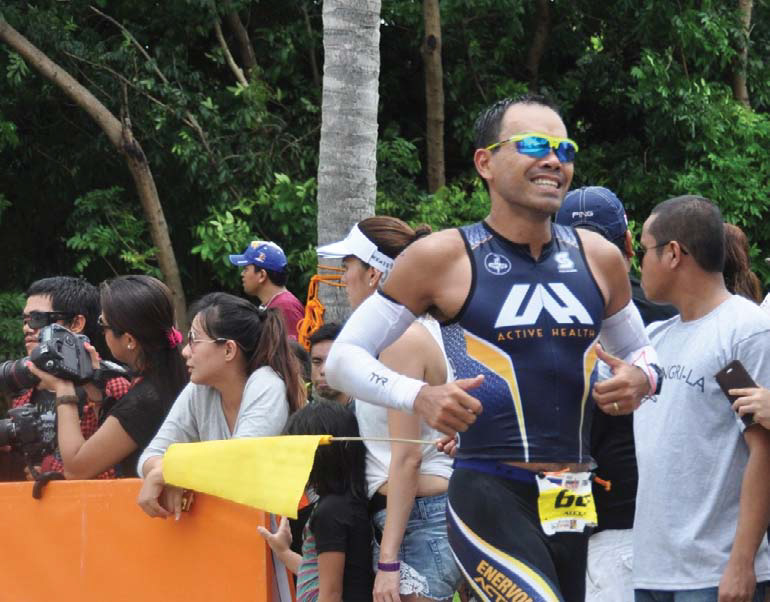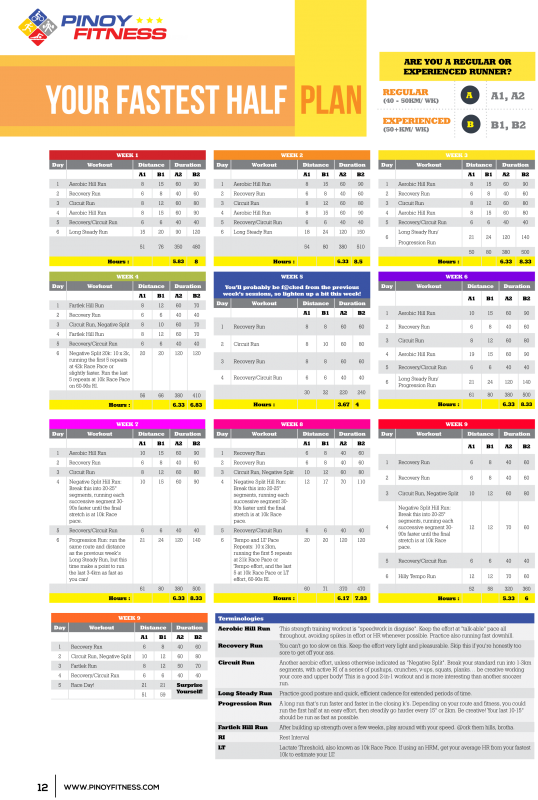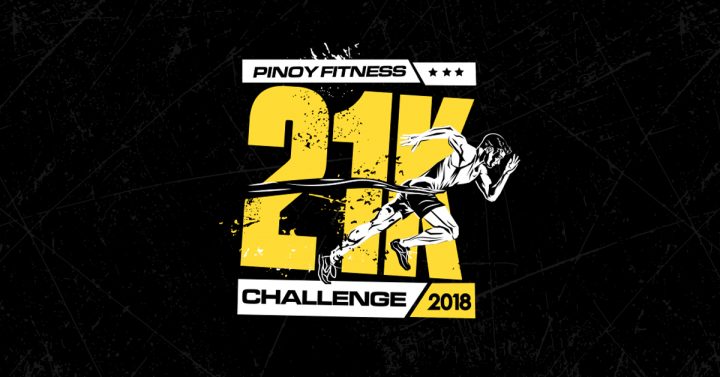
Your Fastest Half
I love the half-mary. It’s long enough that you need to really put in some serious training, yet not so long that it takes an extended period of recovery like a full marathon. Following one of the Golden Rules of running, which is to “rest one day for every mile raced”, I’ve found that it really takes nearly a month to fully recover from an honest effort in a full mary.
On the other hand, a half-marathon doesn’t really have to take almost two weeks to get over. If you’ve got at least several thousand kilometers of running in your legs (not hard to accomplish if you’ve running 40-50/week for several years), then a full recovery from a half mary can take only several days… and you won’t feel like you got run over by a truck, either!
Be that as it may, it takes strength, aerobic efficiency, and good old leg speed to run a fast 21k! Assuming that you’ve graduated from just “jogging” to actually being a real runner, have good running form, and don’t quail at the prospect of a 2 ½ hour long run, then here’s a 10-week program that will have you shaving several minutes off your Personal Best.
It combines several weeks of hill running to build leg strength, staple circuit runs every week to incorporate some core exercises and to break up the monotony of an ordinary run, occasional fartleks and tempo sessions, several Progression Long Runs to get you accustomed to running fast in a fatigued state, and a lovely, 2-week speed/taper phase to really open up the lungs and get you running your fastest yet.
Download 10 weeks 21K Training Plan: Download Here
Sign-up for the Pinoy Fitness 21K Challenge on Nov 18 – Click Here
To make real gains in your fitness you need to gradually increase your mileage into the 50-60km/week range, but rather than having just 2-3 long sessions (more than 60 minutes), I recommend you go for frequency. There are at most 3 Key Workouts in a week, but add 1 or 2 more recovery runs of just 30-45” each at a very low intensity.
Don’t knock the recovery runs; these help your body recruit more muscle fibers and boost your neuromuscular efficiency (ie, muscle memory) than by just sitting on the couch. Of course, play it by ear. If your find you’ve accumulated enough fatigue to really take a day off, then do so. You can shuffle the workouts in any week to accommodate your schedule, but be sensible. It’s okay to have a recovery run the day after running hill repeats, but it doesn’t make sense to have threshold repeats the day after a killer long run!
Note that the distance and duration totals are on the high side, but they’re just a target. Columns “A1” and “B1” are for most runners who currently average 40-50km/week, while “A2” and “B2” are for more experienced (and hardier) runners.
Don’t get too hung up on meeting each and every week’s mileage totals. As long as you can accomplish the more important sessions, then you’ll most likely get a lot of bang for your training buck. What’s most important are Consistency, Frequency, Variety, Intensity, and of course, optimal Recovery. Let your body be your guide.
For Instant Updates – Follow US!
https://www.facebook.com/pinoyfitness
https://www.twitter.com/pinoyfitness
https://www.instagram.com/pinoyfitness
PF Online Community -> https://members.pinoyfitness.com
PF Online Shop -> https://shop.pinoyfitness.com
Like this Post!? Share it to your friends!









wheres the training plan??